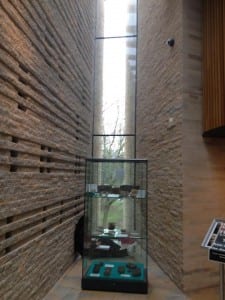In today’s discussion, we were talking about how make-up can be described as a mask. How we put make-up to hide imperfections filtering our natural look.
Is what you see is what you get? We have seen the connection between the painting (John Carmichael) and make up, picking up that what we see isn’t necessary truthful representing a idealised place.
This particular question got the discussion going:- What do we want to achieve?
The audience question reality through art, the traditional paintings looking realistic giving the illusion which is concealing reality. The development of art through time has become concealed, people are also concealed, filtering is what you see is what you get? Creating evolution of concealment.
Audience question modern art due to the abstract/contemporary approach towards society, which can be criticized not displaying anything ‘obvious’ when actually some modern arts pieces can display real life things, than what some paintings represent linking to the ‘grim’ body that is in the usher gallery.
The connection between the two rooms will highlight and define the impact of idealism and the honesty between the two exhibitions making our message clearer and emphasizing the naturalistic look of society and the image which is perceived.
(Group discussion with- Kirsty Taylor, Samantha Mckenzie, Tom Baines)
Author: Jessica Jarvis
![DSC_0026[1]](https://sitespecific2013dhu.blogs.lincoln.ac.uk/files/2013/01/DSC_00261-300x65.jpg)

